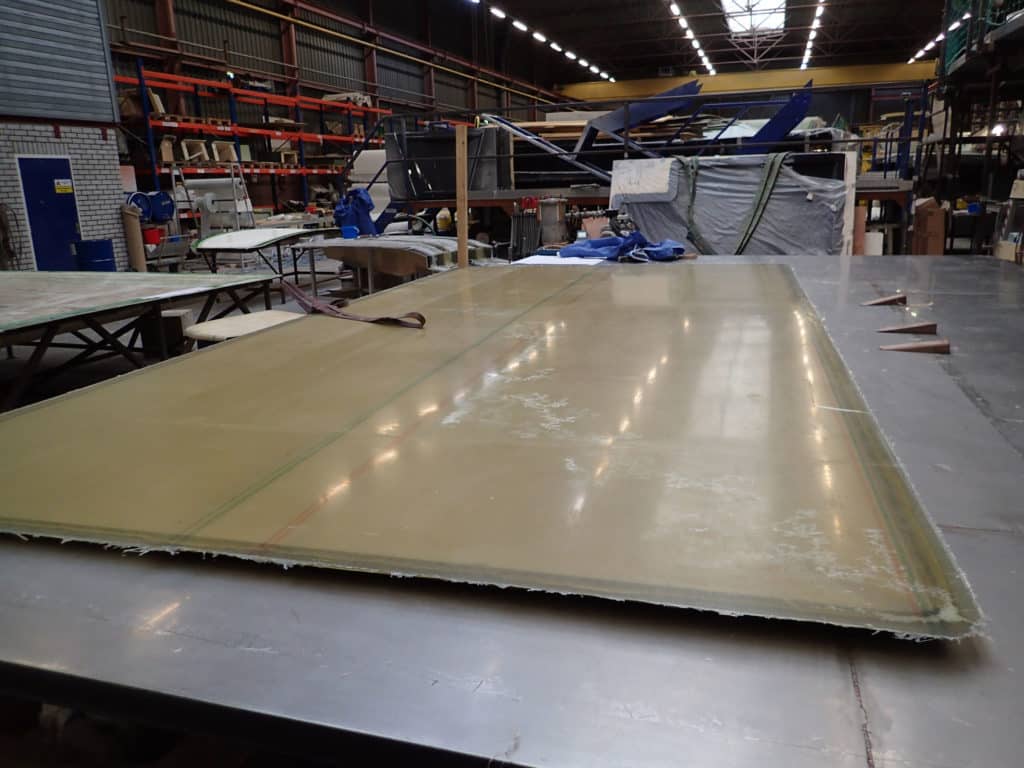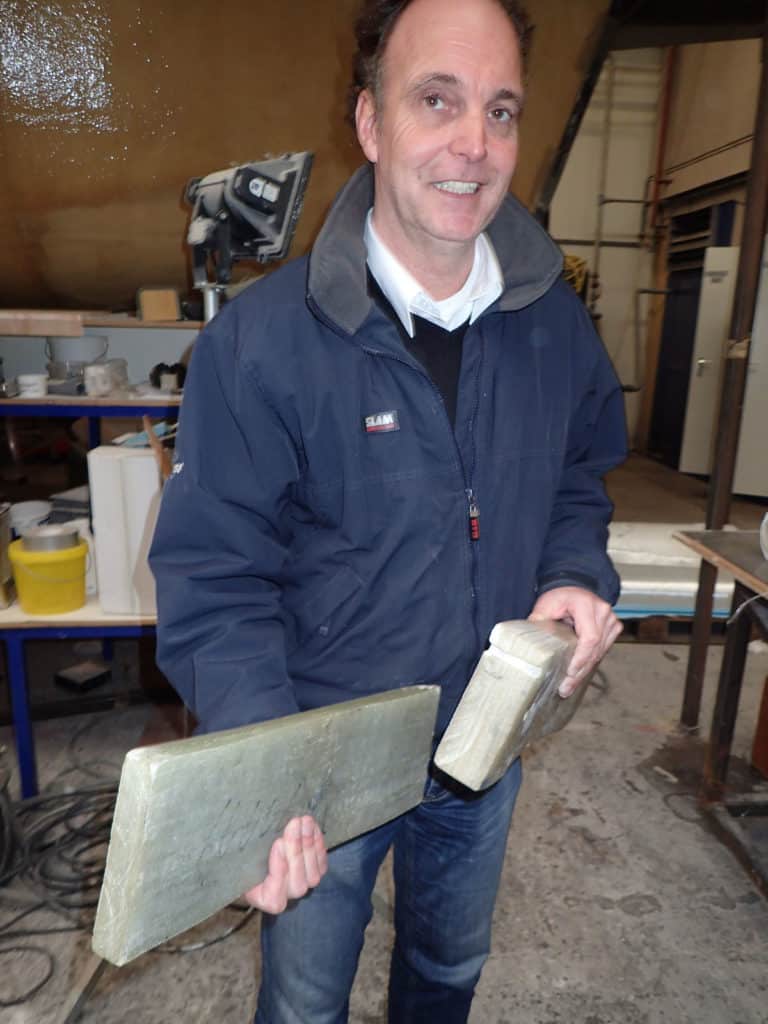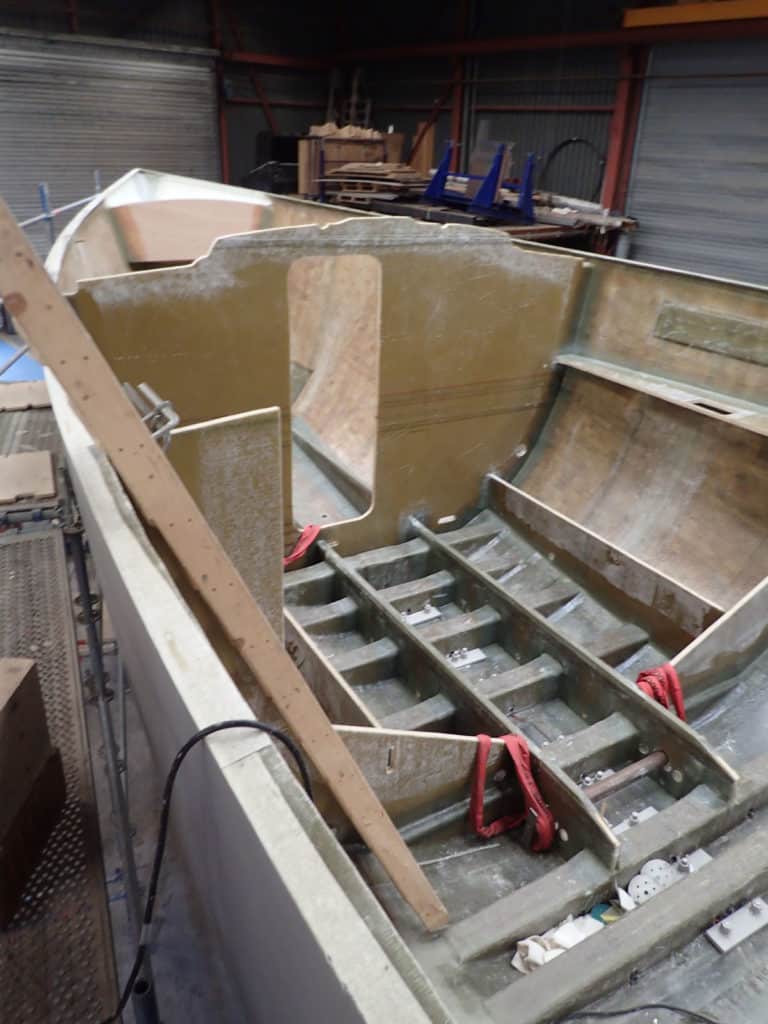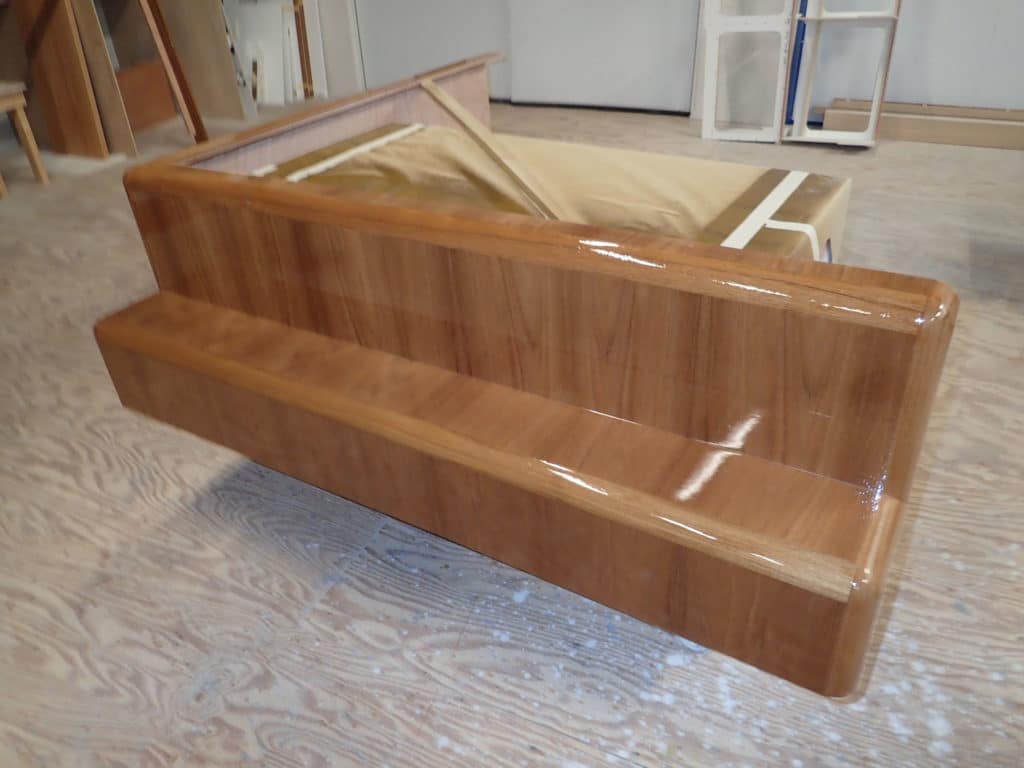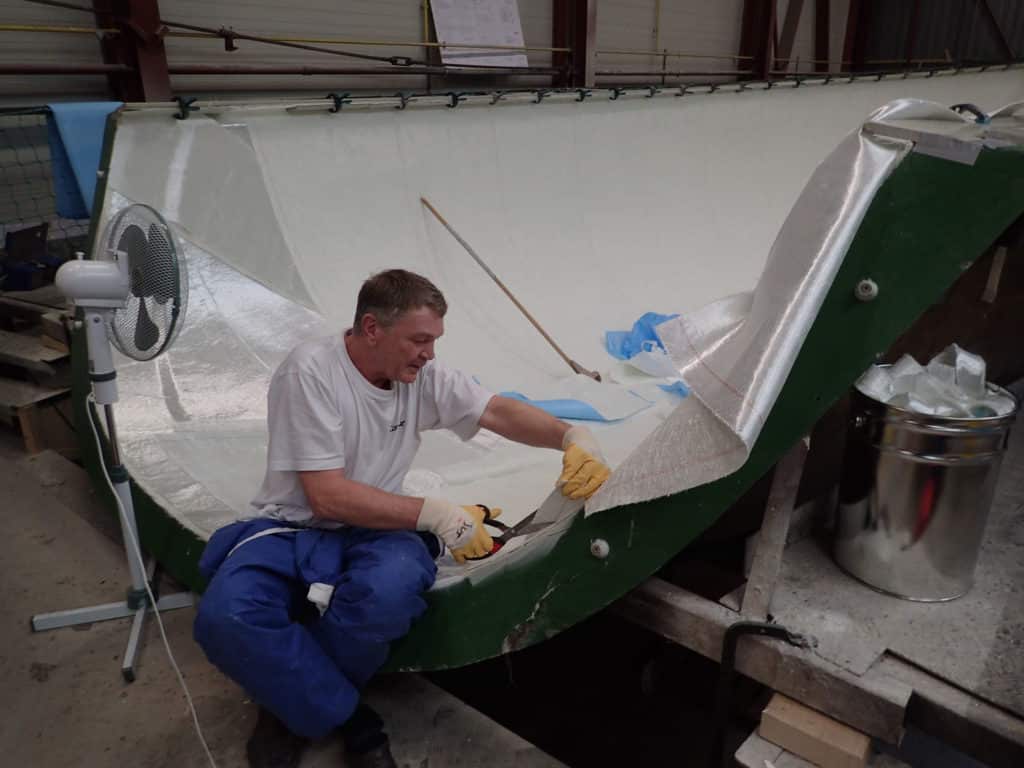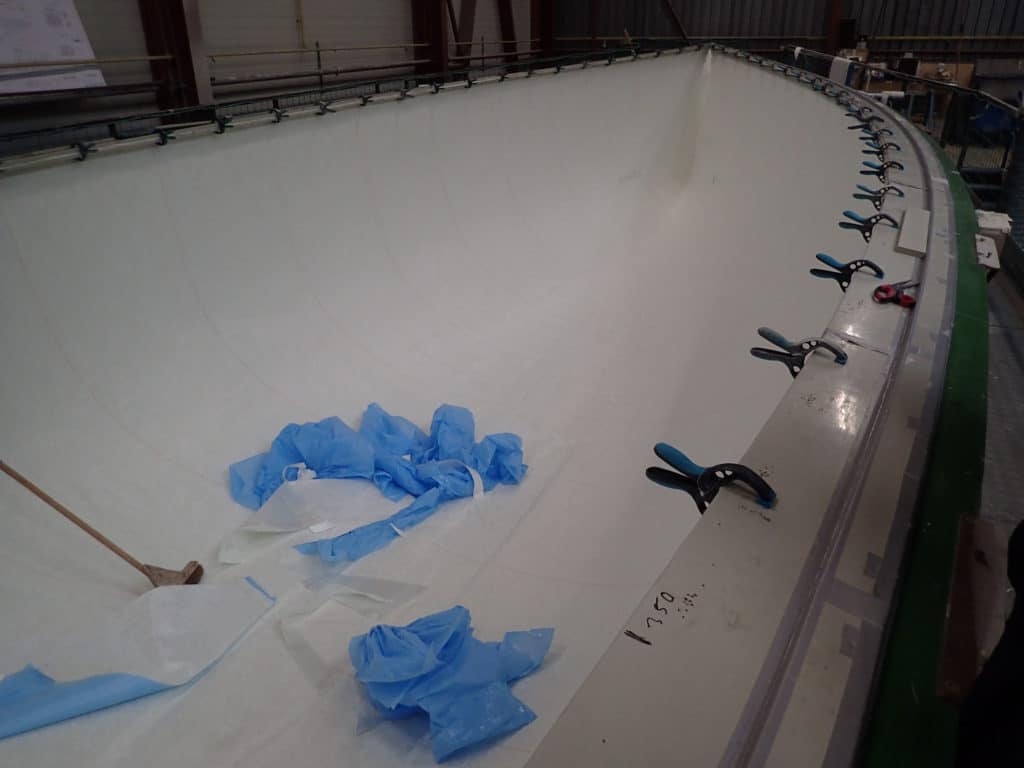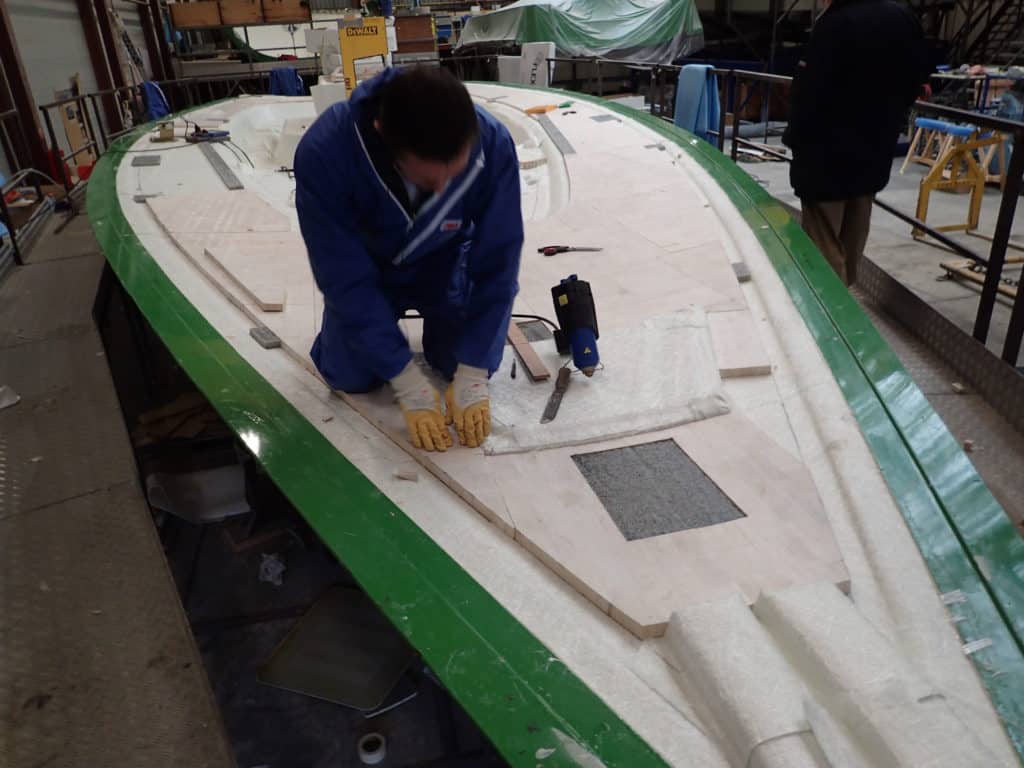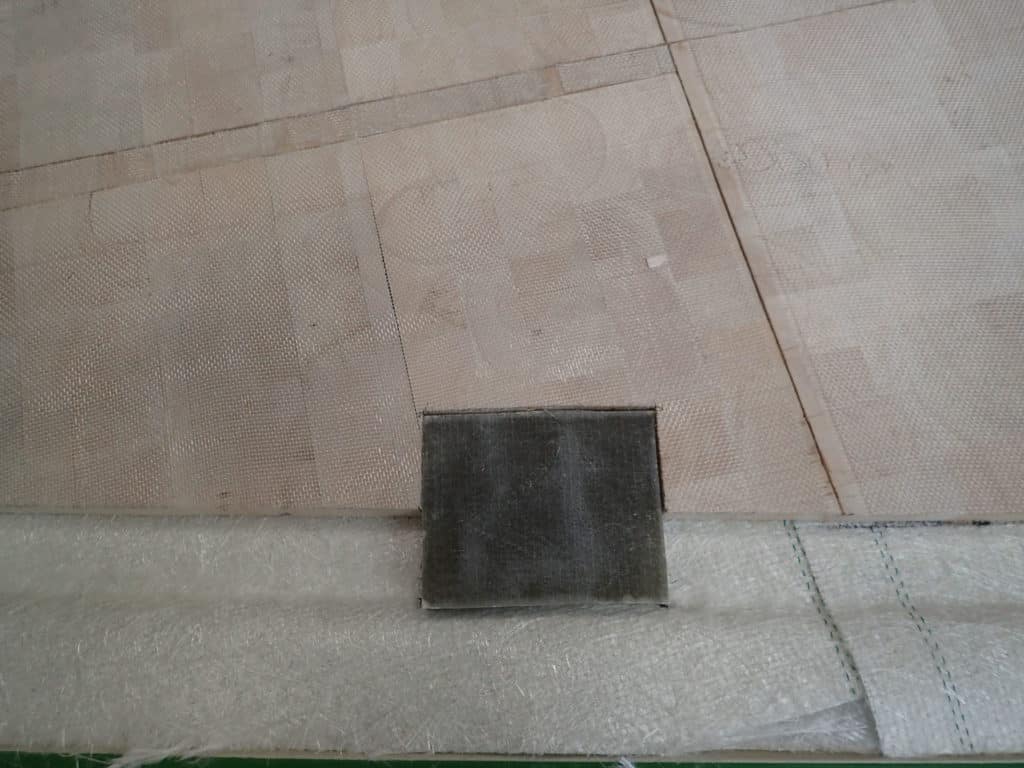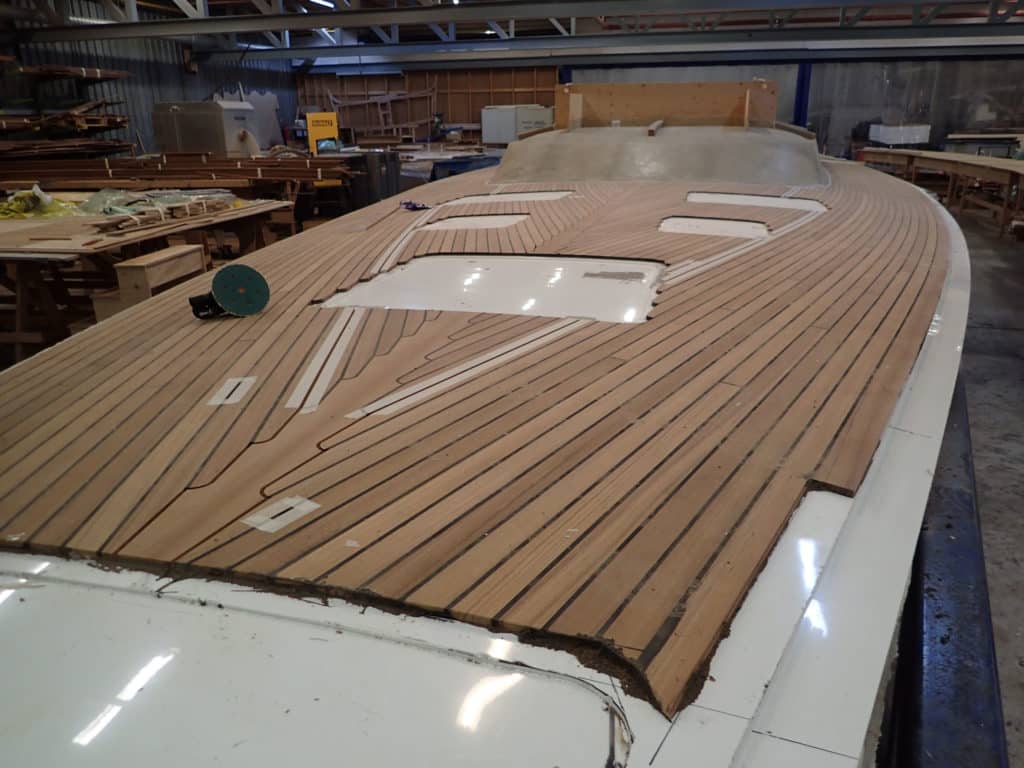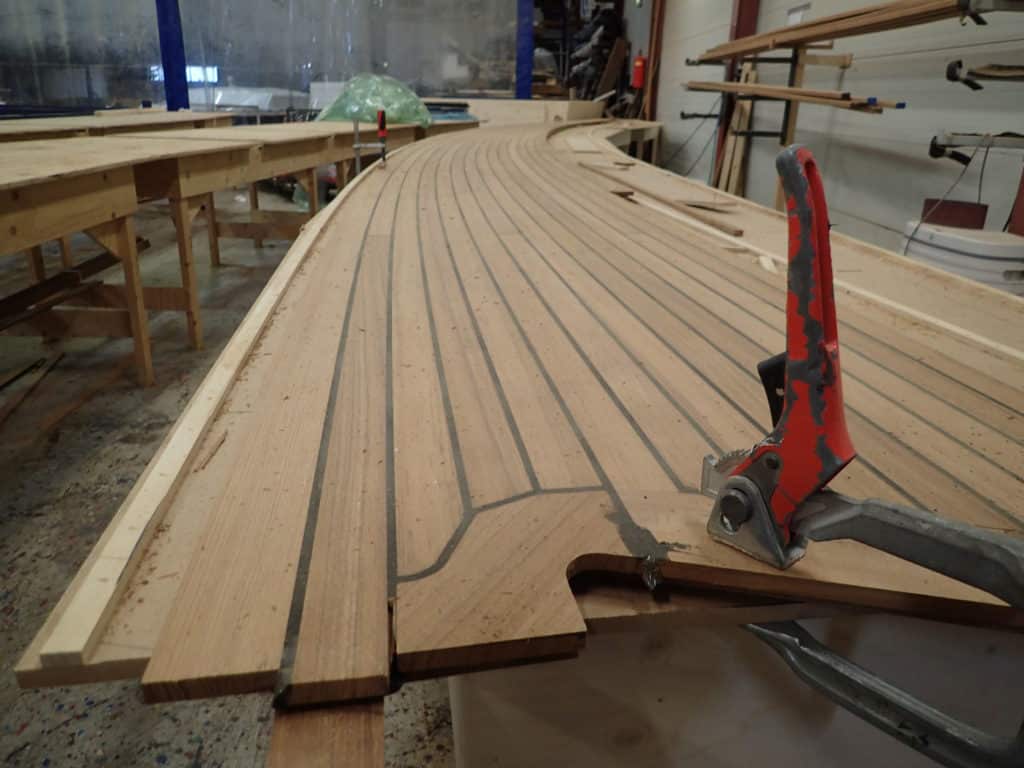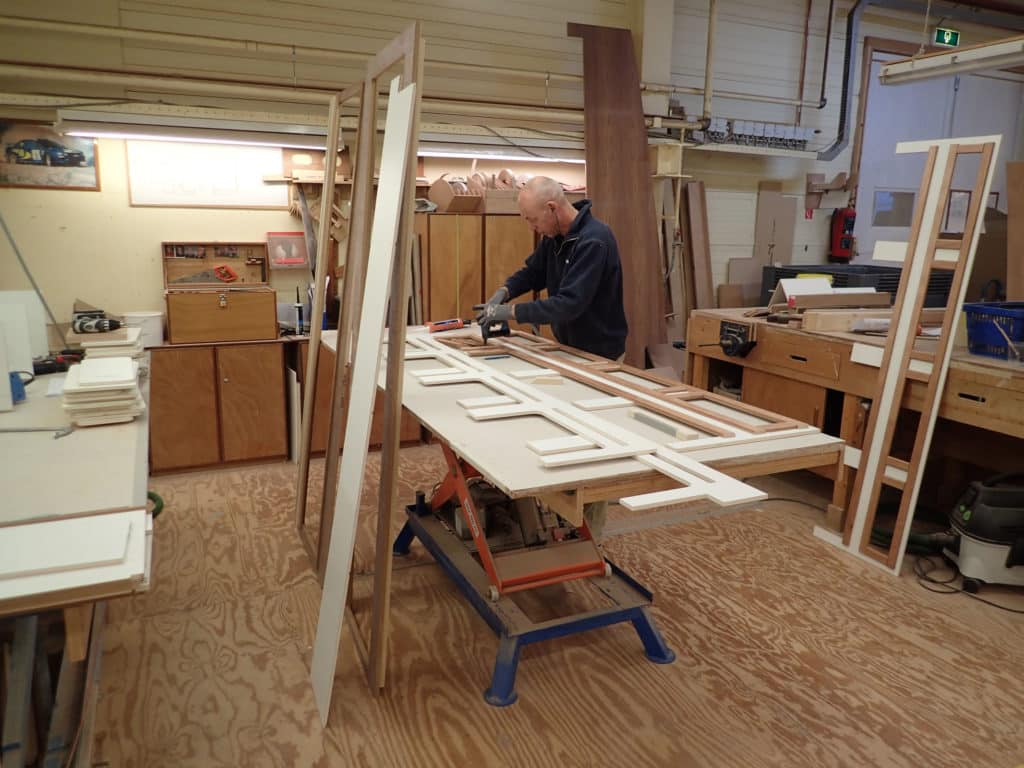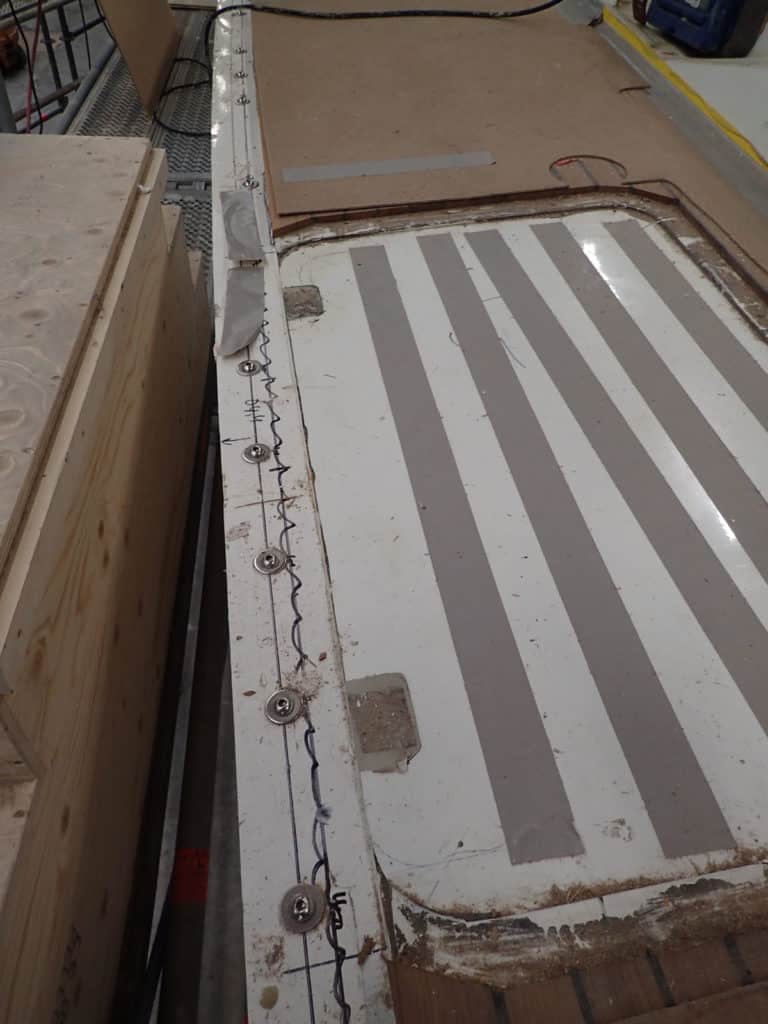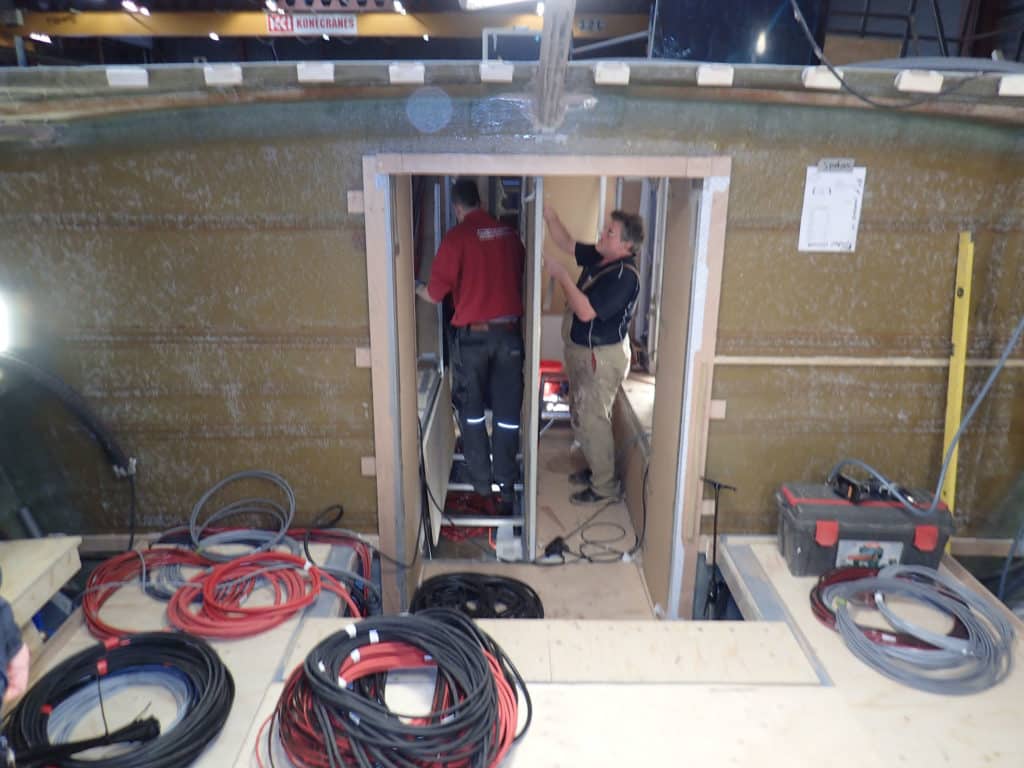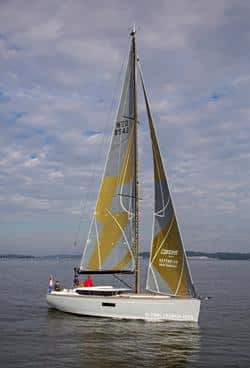At the Contest Yachts yard in Medemblik, the Netherlands, 12 to15 sailboats and power boats are built a year by a team of 80 boatbuilders. The company was founded in 1959 by Ed Conijn, who learned about fiberglass construction during a visit to the US. Early boats included a 29- and 25-foot sailboats. Today, the company remains family owned. It’s sailboat line ranges from 42 to 72 feet. The company also builds a 52-foot power boat.Contests have a well-earned reputation as bluewater voyagers. The Contest 42 was named Cruising World’s Import Boat of the Year and Best Midsize Cruiser, 41-45 Feet in 2014.
